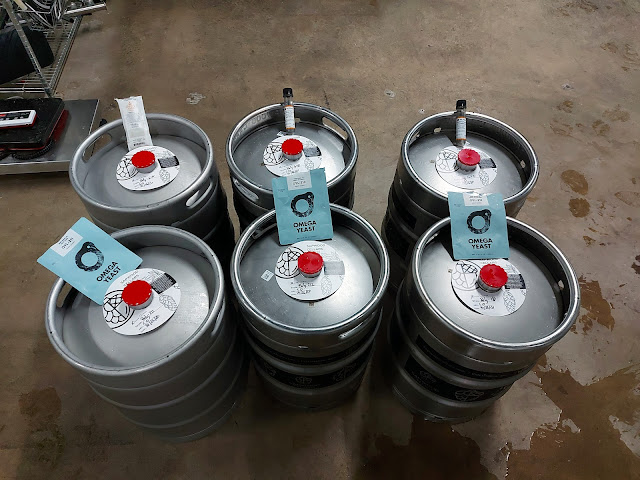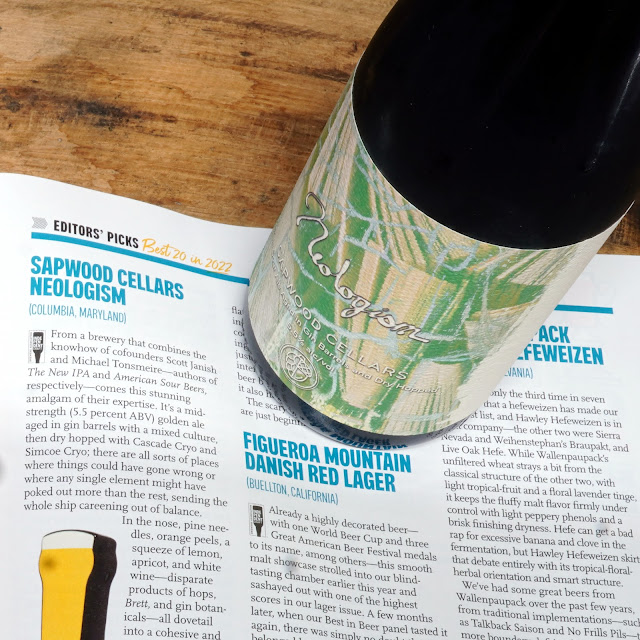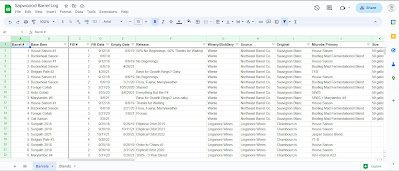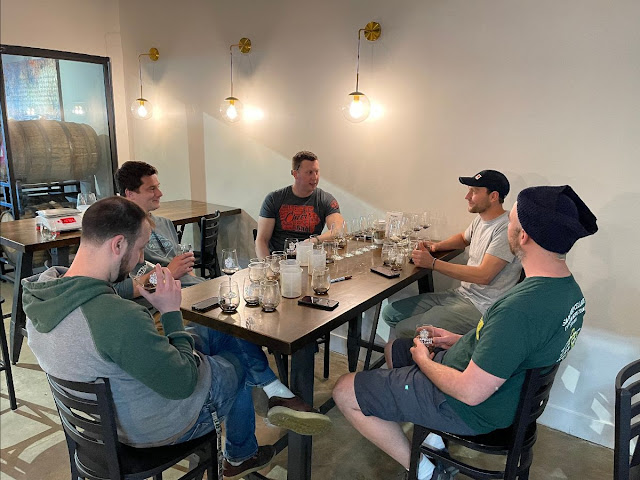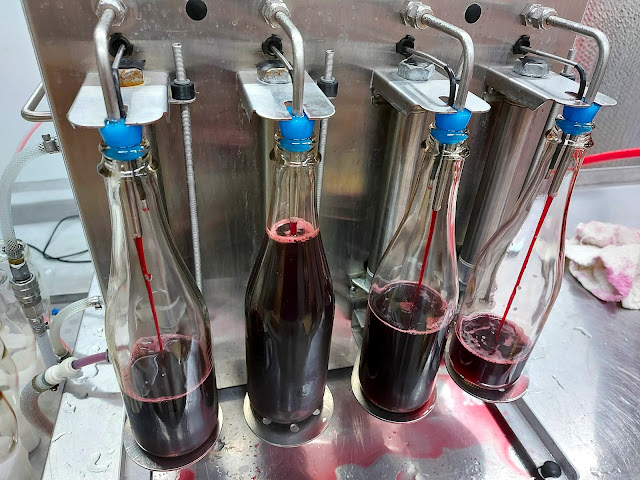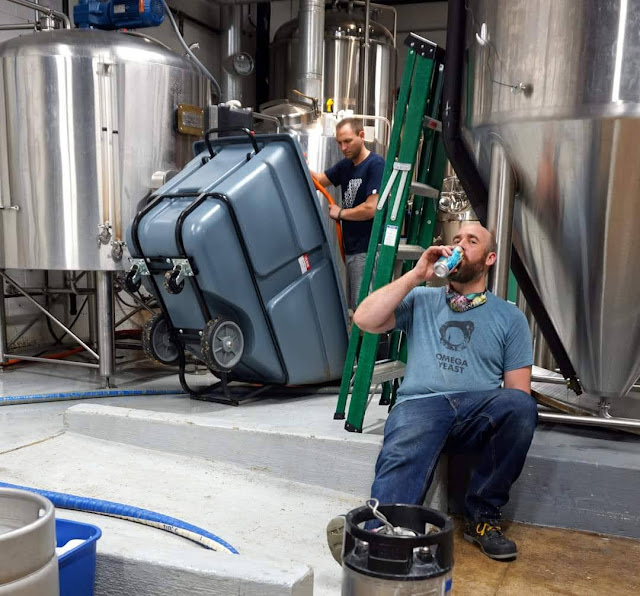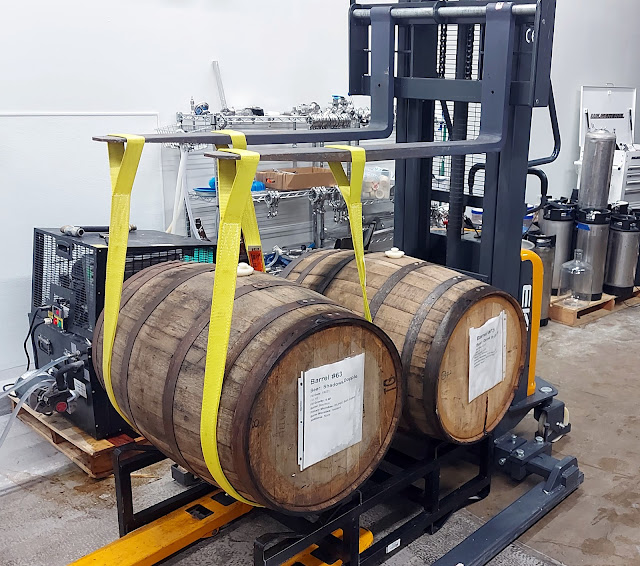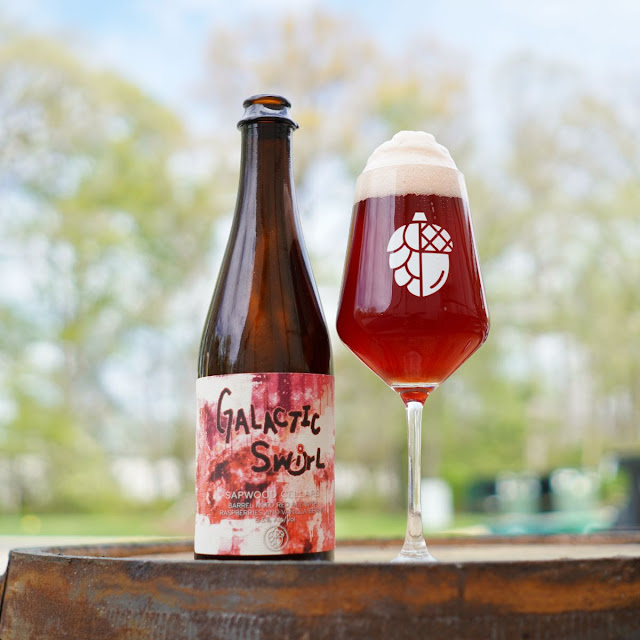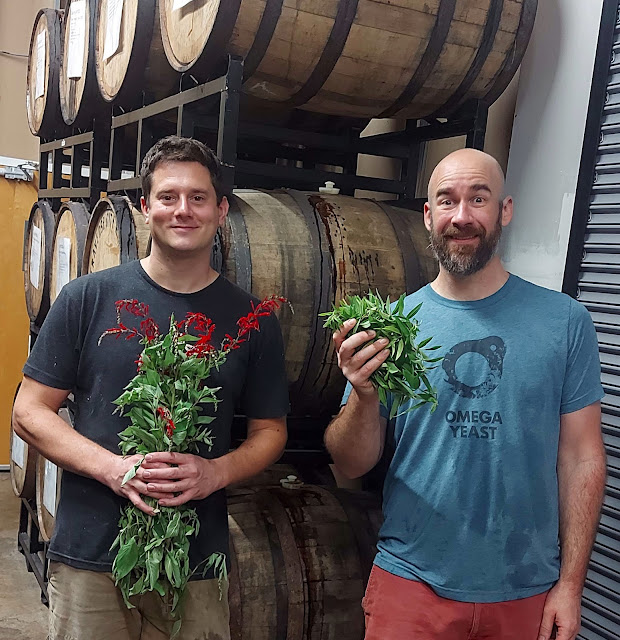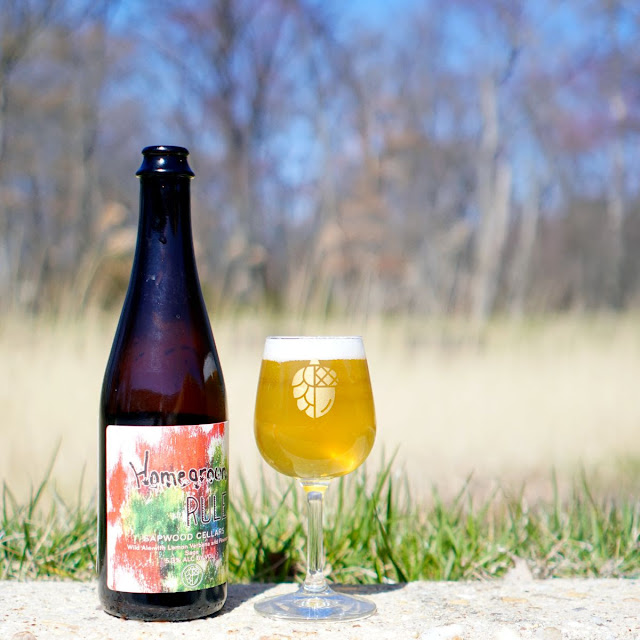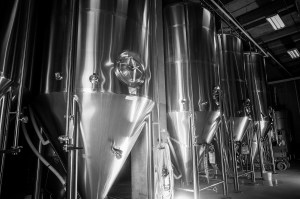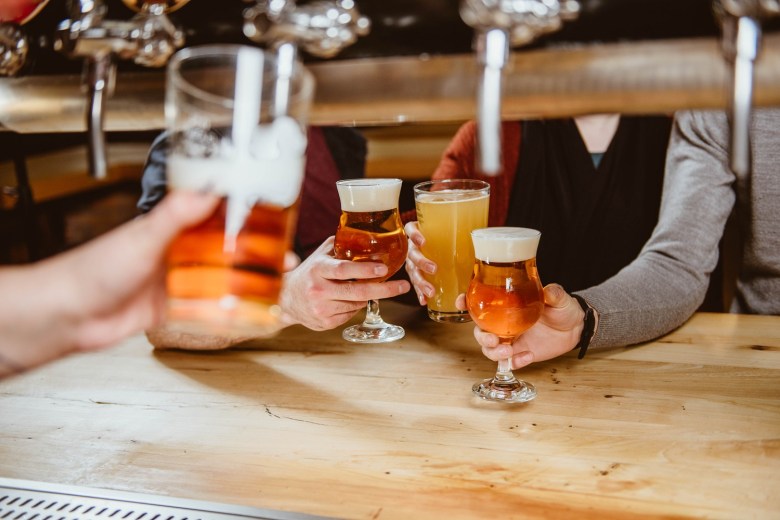 With many breweries facing a slow January, the Brewers Association in the United States is encouraging people to support their local breweries.
With many breweries facing a slow January, the Brewers Association in the United States is encouraging people to support their local breweries.  With many breweries facing a slow January, the Brewers Association in the United States is encouraging people to support their local breweries.
With many breweries facing a slow January, the Brewers Association in the United States is encouraging people to support their local breweries. 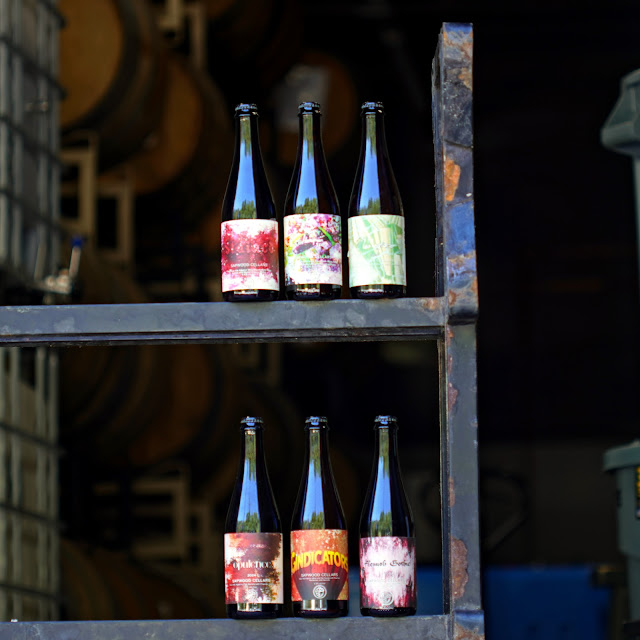
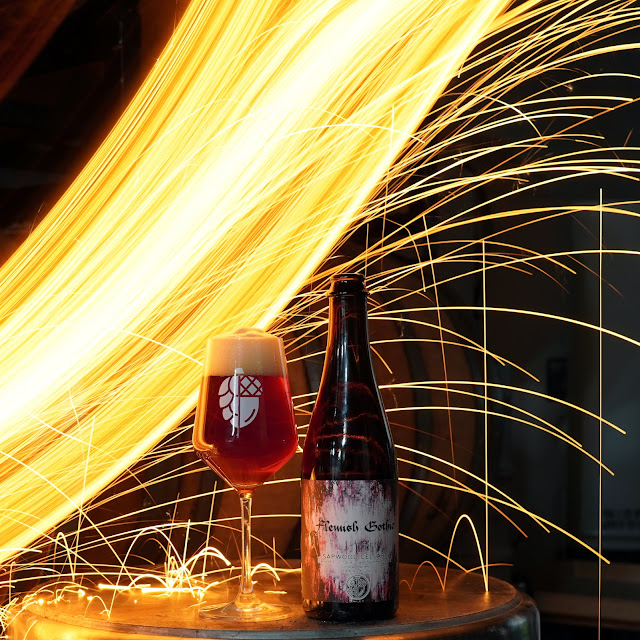
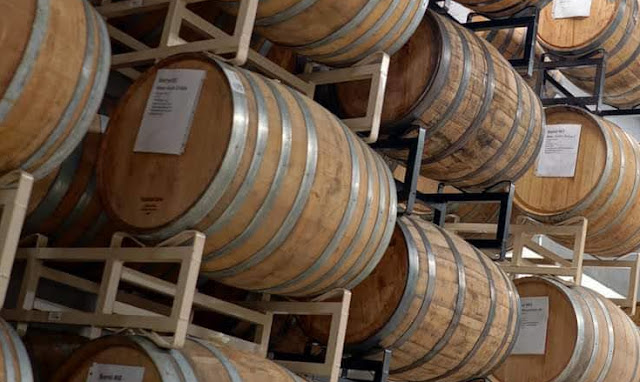
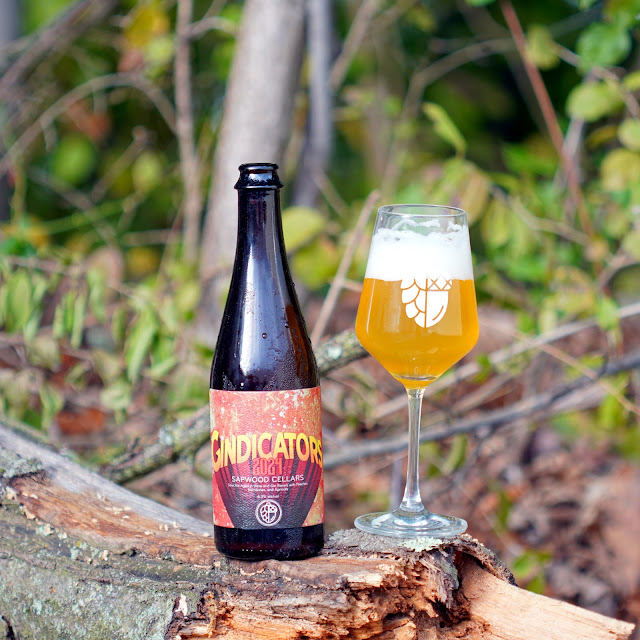

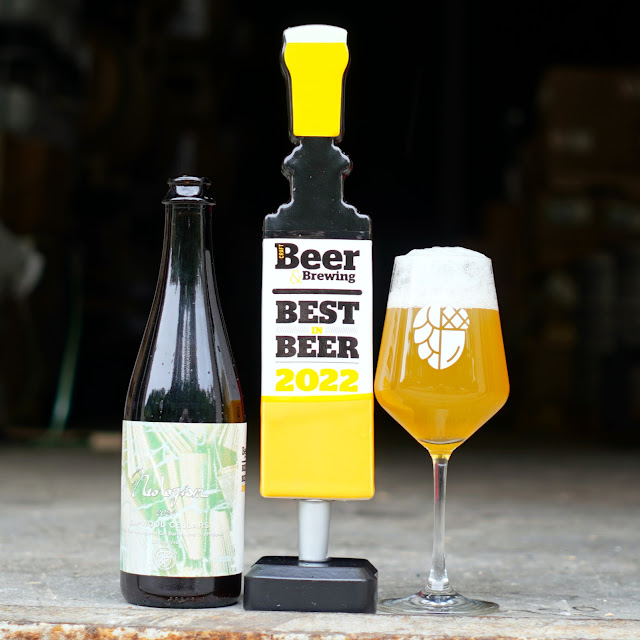
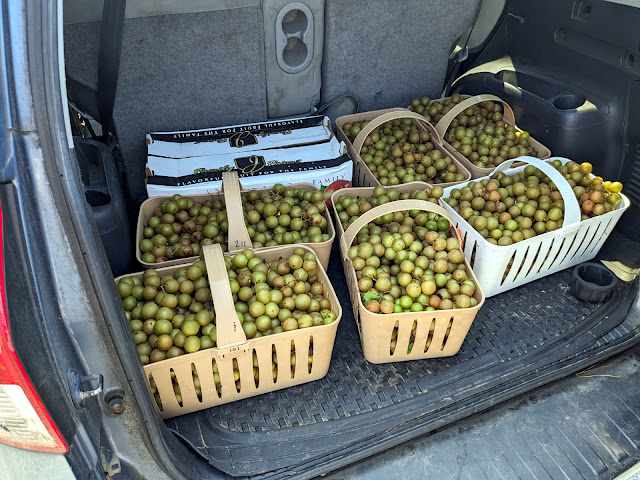
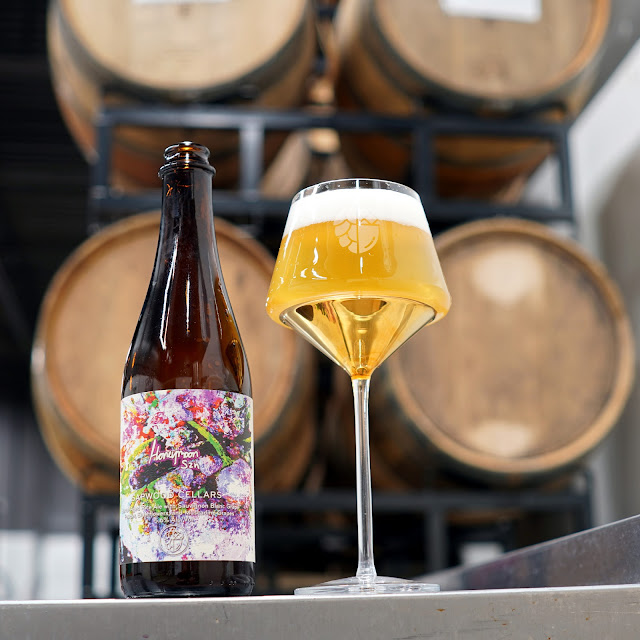
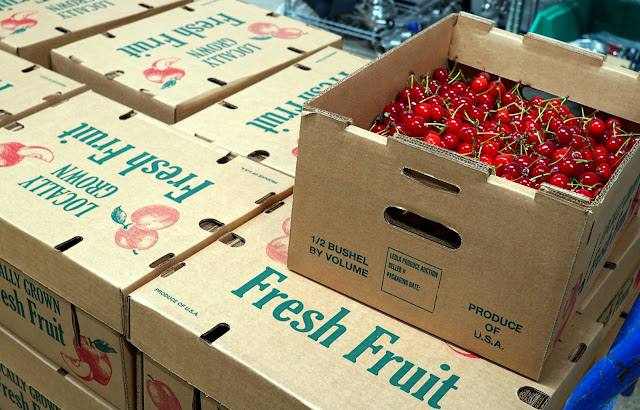
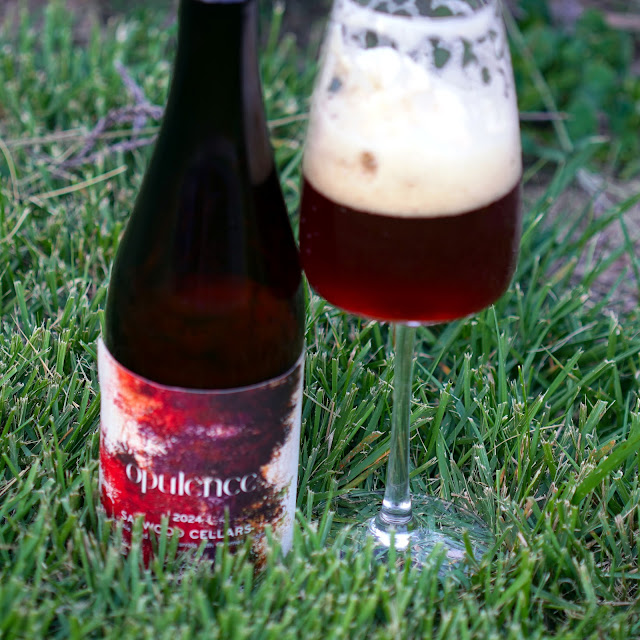

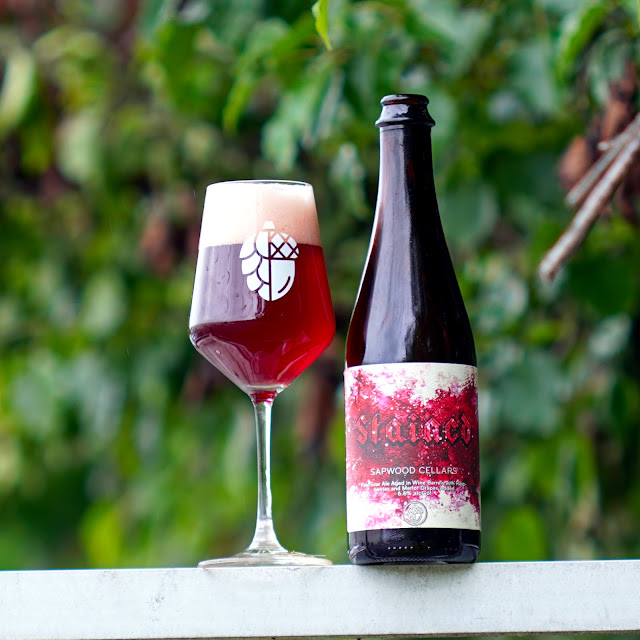
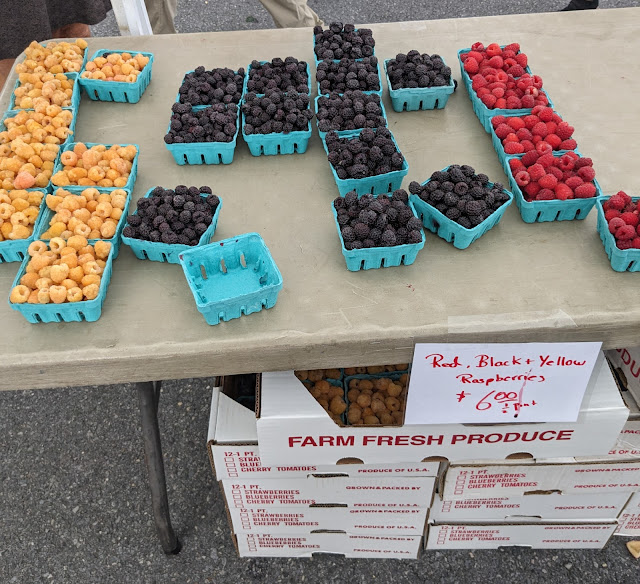
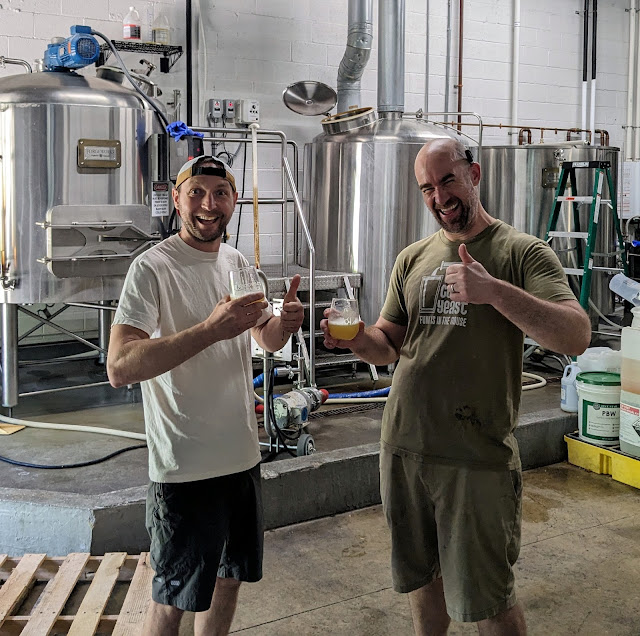
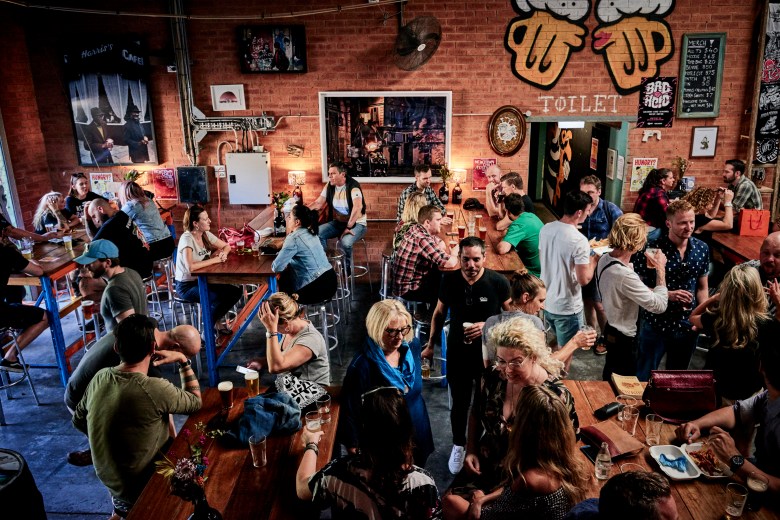 Now encompassing 18 independent breweries across six suburbs, the Inner West Ale Trail has received funding to boost its status as the craft capital of Australia.
Now encompassing 18 independent breweries across six suburbs, the Inner West Ale Trail has received funding to boost its status as the craft capital of Australia. 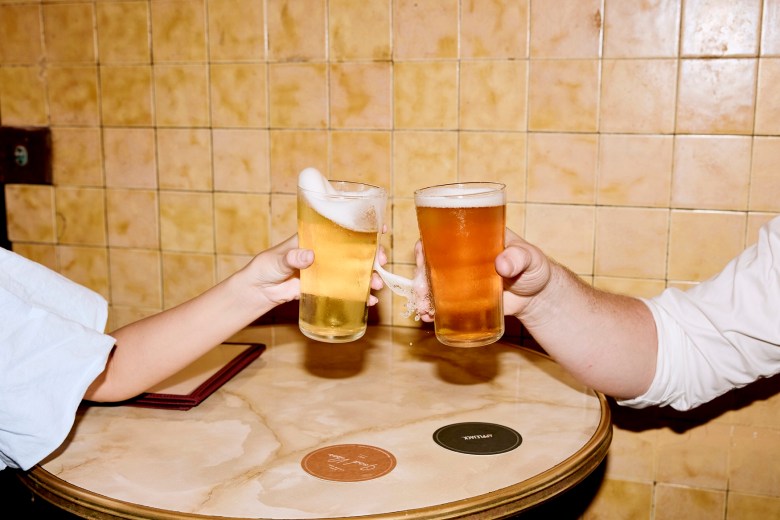 The 2024 financial year was a difficult period for craft beer, but the industry has developed strategies to cope with further challenges.
The 2024 financial year was a difficult period for craft beer, but the industry has developed strategies to cope with further challenges. 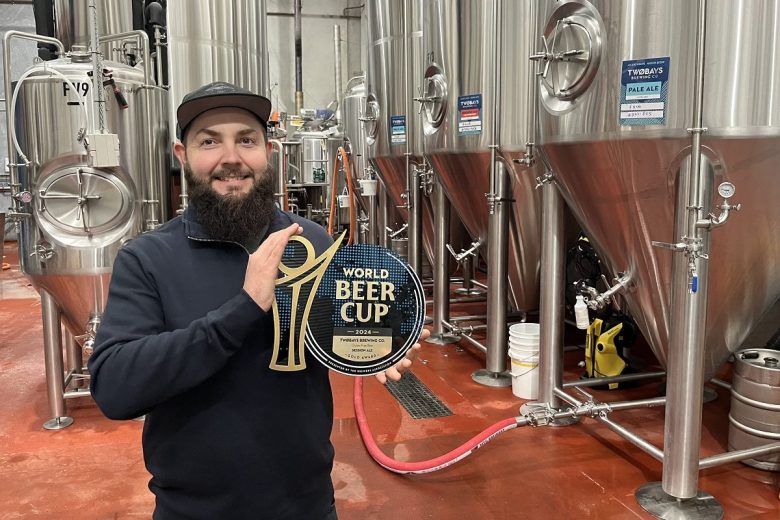 This week’s brewer spotlight highlights Kristian Martin, Head Brewer at dedicated gluten-free brewery Two Bays Brewing Co.
This week’s brewer spotlight highlights Kristian Martin, Head Brewer at dedicated gluten-free brewery Two Bays Brewing Co. 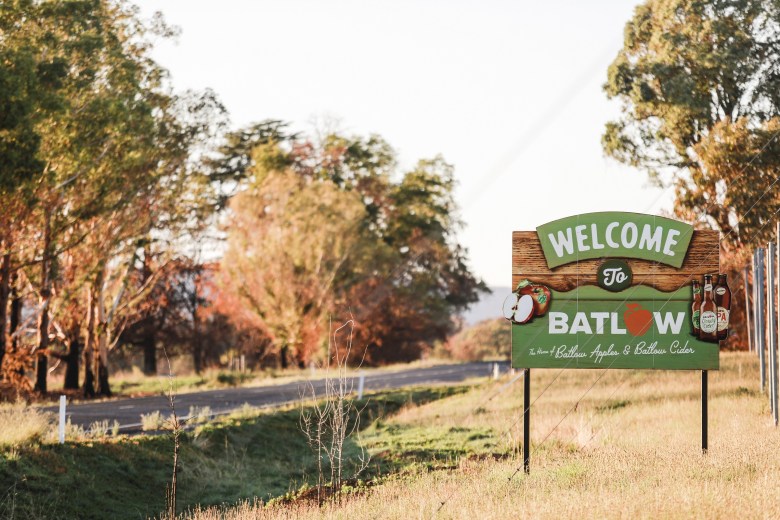 Capital Brewing Co has announced that it has bought one of Australia’s most renowned cider brands, Batlow Cider.
Capital Brewing Co has announced that it has bought one of Australia’s most renowned cider brands, Batlow Cider. 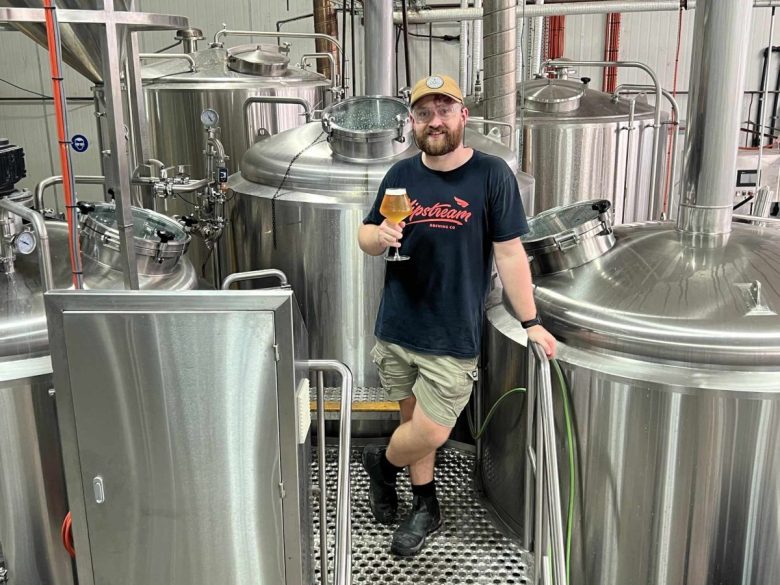 2024 Queensland Royal Emerging Queensland Brewer Daniel Thomsen on his dedication to learning and his work at Slipstream Brewing.
2024 Queensland Royal Emerging Queensland Brewer Daniel Thomsen on his dedication to learning and his work at Slipstream Brewing. 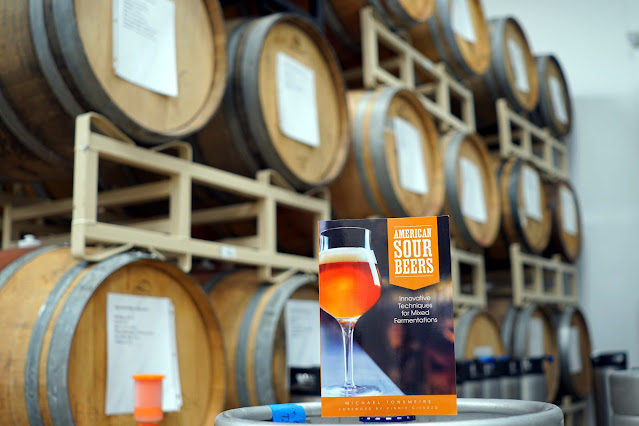
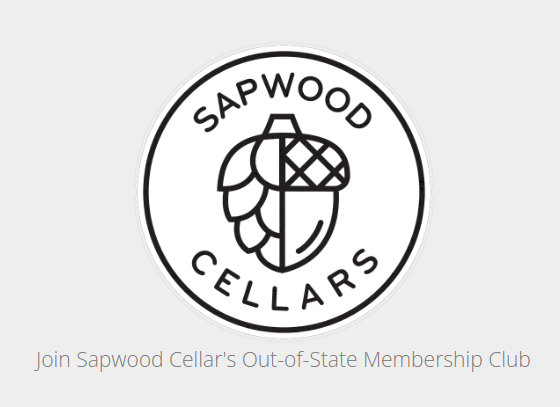
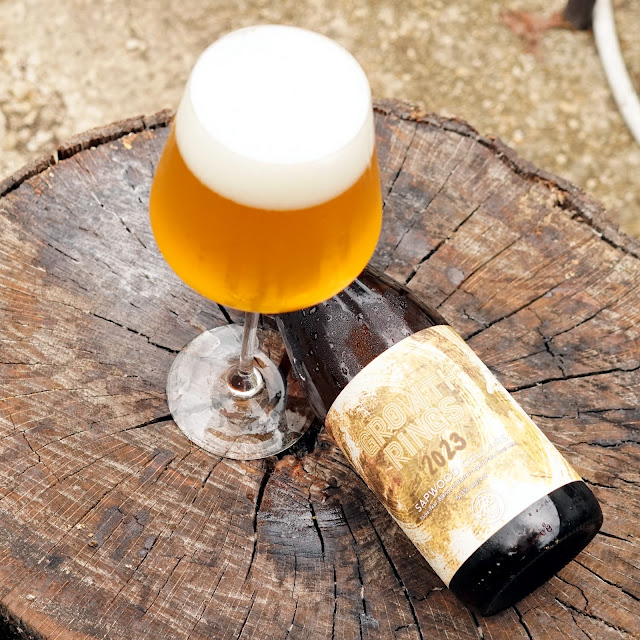
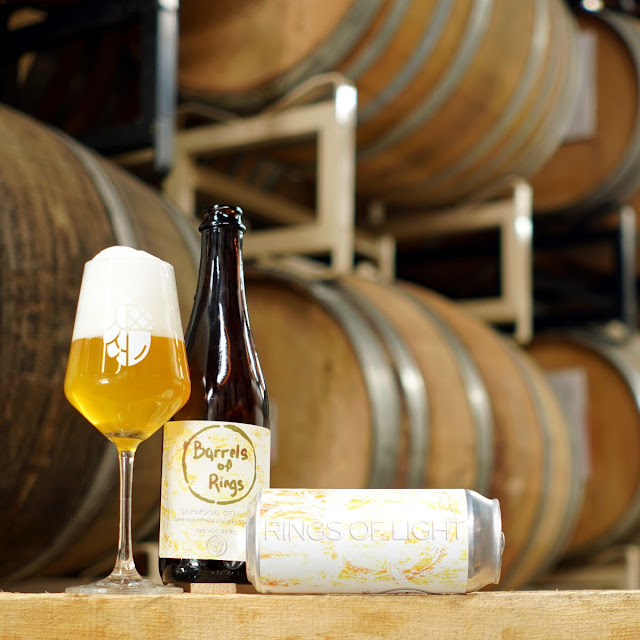
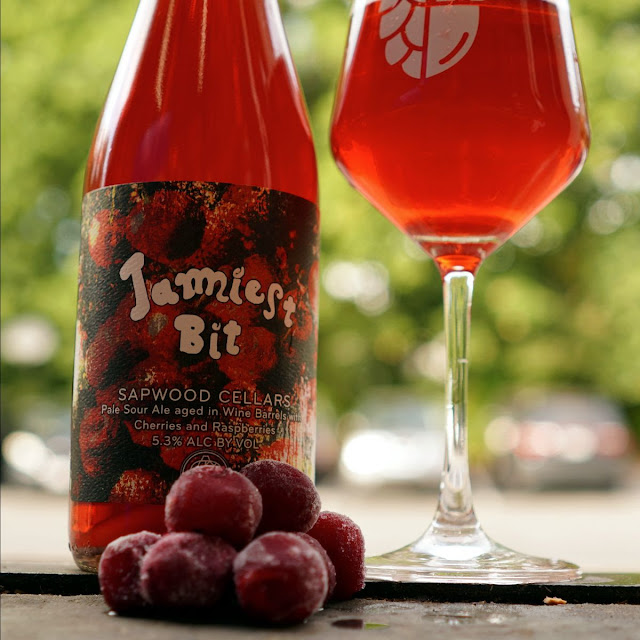
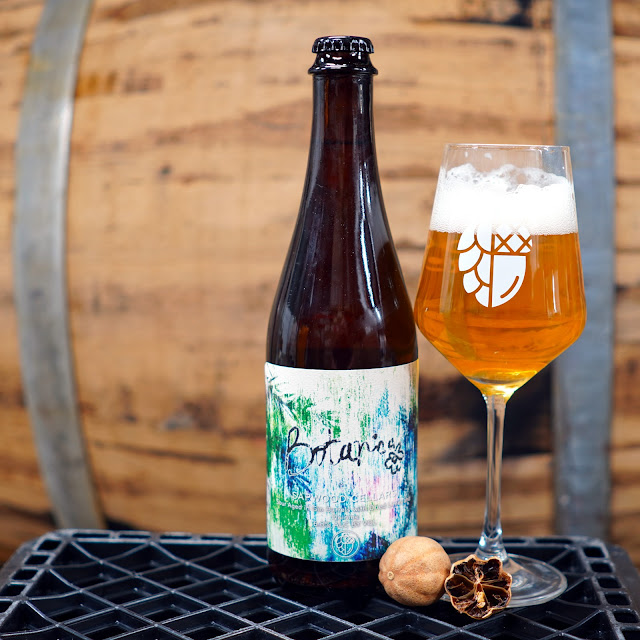
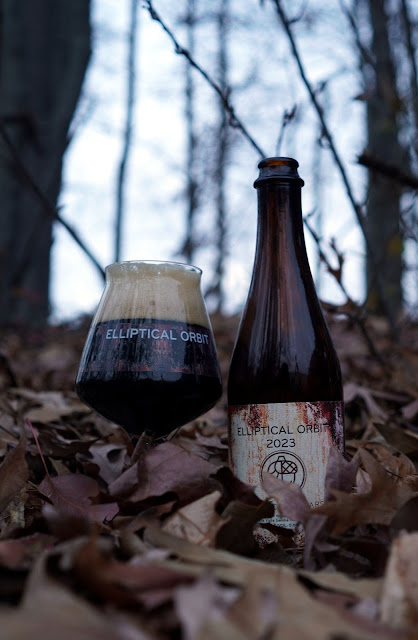
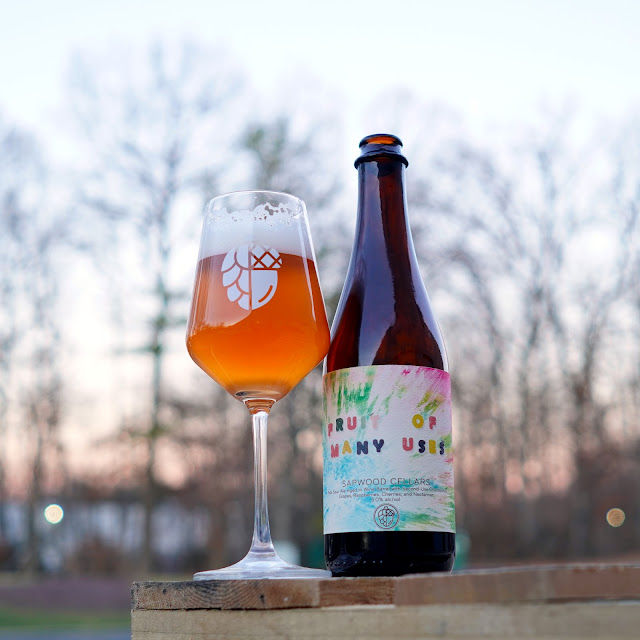
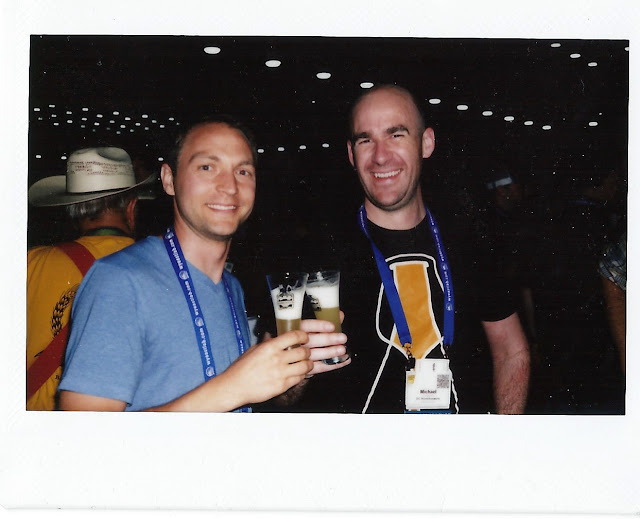
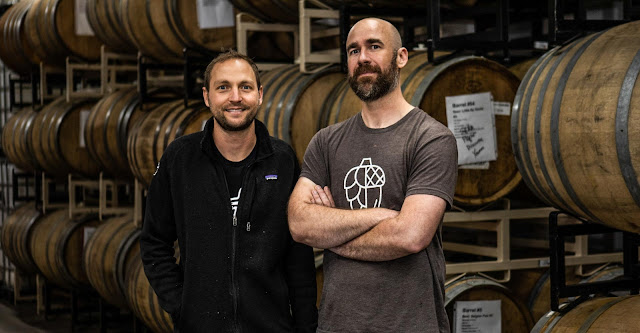
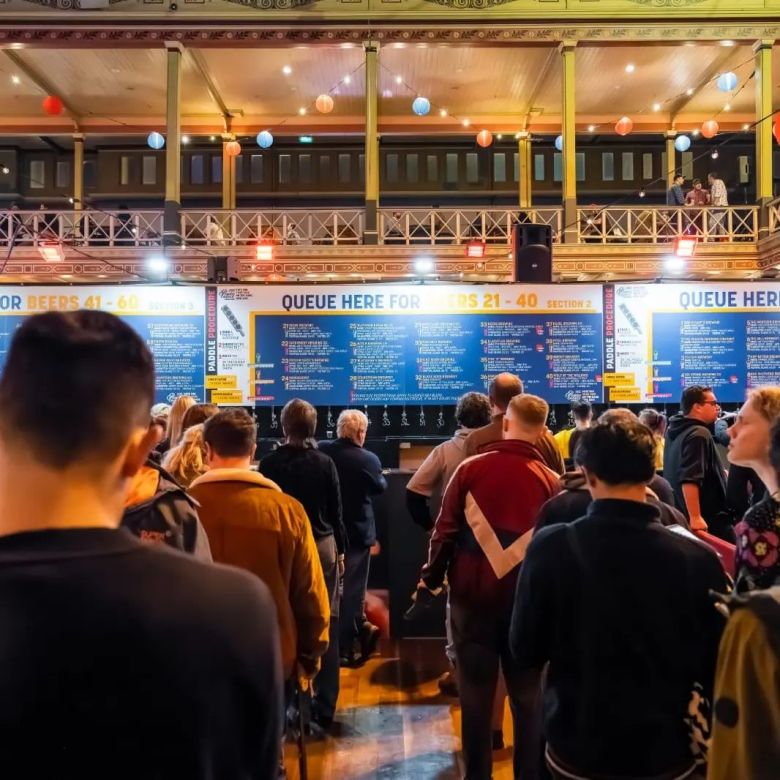 After 12 years at the Royal Exhibition Building in Carlton Gardens, new restrictions has forced the Melbourne arm of GABS to find new digs.
After 12 years at the Royal Exhibition Building in Carlton Gardens, new restrictions has forced the Melbourne arm of GABS to find new digs. 






